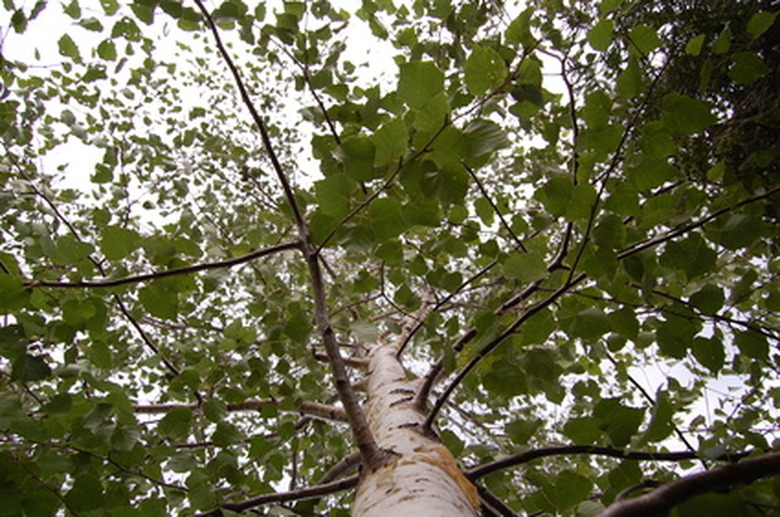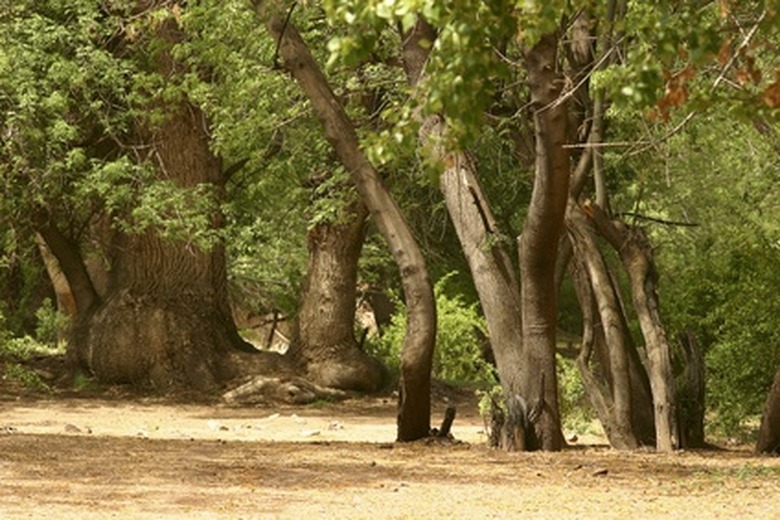Importance Of Ash Trees
The ash tree is part of the Fraxinus species. They are large, deciduous trees and are very common in rural and urban landscapes across the country. Each species varies but for the most part, ash trees are United States Department of Agriculture (USDA) hardy in zones 4 though 8. The ash tree is important for many reasons but has recently been under serious attack from the emerald ash borer, a wood-boring pest.
Common Species
There are many species of the ash tree, but the more common types are the white ash Fraxinus Americana and black ash Fraxinus nigra. The white ash can grow from 50 to 80 feet. The many cultivars of the white ash are popular for their fall purple color. White ash is not drought resistant and prefers moist soil. The leaves are a dark green in the summer and in the fall the colors vary from yellow to a purplish, deep burgundy color.
- The ash tree is part of the Fraxinus species.
- The ash tree is important for many reasons but has recently been under serious attack from the emerald ash borer, a wood-boring pest.
The black ash is smaller in size than the white. It is found farther north and is a swamp species. The leaves are pinnate and dark green with a smooth top.
Important Uses
The wood of the white ash is known for its unique qualities. It is pliant, strong, but light in weight. Many products are made from the wood of the white ash, including baseball bats, hockey sticks and furniture. White ash also provides food for wildlife such as food cardinals, finches and wood ducks. The wood of the black ash is not as strong, but has a grain look that is used for furniture. The wood of a young black ash can be split and used for cabinet making.
- The black ash is smaller in size than the white.
- The wood of the black ash is not as strong, but has a grain look that is used for furniture.
Emerald Ash Borer
The Emerald Ash Borer (EAB) Agrilus planipennis is an invasive wood-boring insect that infests and kills North American ash trees. It has the ability to eradicate an entire tree species. It is now one of the most serious environmental threats facing North American forests. The EAB is a borer beetle that is part of the family of metallic wood borers.
Importance of EAB
The damage to the ash population will be economically and ecologically devastating. It has the potential to wipe out the whole species, which could seriously affect ecosystems. In addition, the ash tree is an important economic factor not only by the popularity in the purchase of the tree for ornamental planting but for the products made and sold from its wood. In addition, the cost of removing dead or dying trees is overwhelming municipal budgets. Homeowners must also pay to either prevent the disease or to eliminate diseased trees from their properties.
- The Emerald Ash Borer (EAB) Agrilus planipennis is an invasive wood-boring insect that infests and kills North American ash trees.
- Homeowners must also pay to either prevent the disease or to eliminate diseased trees from their properties.
Control of EAB
The ash tree has no defense against the EAB, and once the tree is infested it will die. Minnesota has the largest concentration of ash trees in the country and The University of Minnesota Extension has several recommendations. Once a tree is infested, insecticides can be used. It is not recommended to use insecticides as a preventative measure. Treated trees may continue to decline the first year after treatment but will begin to show improvement in the second year. This is due to the time it takes for vascular healing to take place. If the tree is over 50 percent infested, it will not recover. As of today, Emamectin benzoate is the only tested insecticide proven to control EAB.
- The ash tree has no defense against the EAB, and once the tree is infested it will die.


